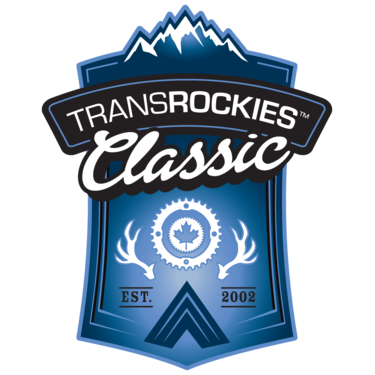
“After nourishment, shelter, and Companionship, stories are the thing we need most in the world”
— Philip Pullman

Wilmington Whiteface and my First Season Mountain Biking.
Wilmington was a perfect mountain bike race for my novice level of experience, with more than 2700m total elevation gain mostly on gravel or paved roads, and a few short sections of not too technical single track.

Trans Rockies Classic (TRC): Start with Why
The ‘Why’ is your purpose, and your drive behind any new goal or undertaking. My father’s final advice to me was ‘Just be you. You be you and that’s all you can be.’ This is why I want to compete in the Trans Rockies Classic.